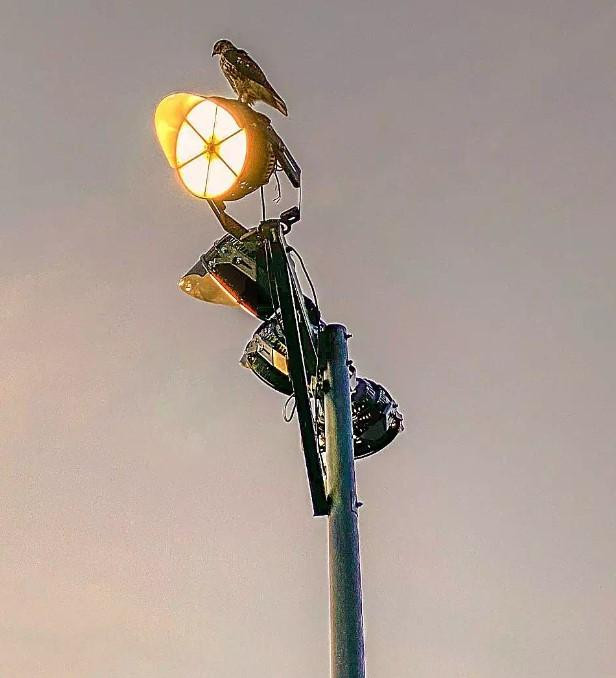How LEDS Have Permanently Changed The Lighting Industry
Since the discovery of the first electric bulb, the lighting industry has existed with the goal of dramatically illuminating people's lives. Tungsten filament bulbs, which were created a few decades later and with a few more advancements, expanded the industry and were used for nearly a century to power homes and launch new enterprises. It is safe to claim that the world was changed by incandescent bulbs.
However, as governments and consumers became more concerned with the environment, these energy-guzzling glass globes lost appeal and were replaced by compact fluorescent lamp bulbs, or CFL bulbs. Light bulbs were doomed by the advent of CFLs. The first significant alternative to normal halogen or incandescent light bulbs in the middle of the 2000s, CFL bulbs later fell short of government energy efficiency criteria and were gradually phased out of the new era of energy-efficient illumination.
The Light Emitting Diode, or LED, bulbs, a superior and more energy-efficient relative of the CFL, then entered the picture. The lighting sector underwent a significant upheaval as a result.
We live in a society where resource conservation is crucial, and the introduction of LEDs into our homes and businesses was one such technological advancement that helped preserve our environment. The most recent innovation in energy-efficient lighting is LED technology. The LED canopy lights are a fantastic retrofit because they utilize light-emitting diode technology and are therefore considerably superior to incandescent, fluorescent, or halogen lamps in terms of longevity, energy efficiency, and environmental friendliness. Let's take a look at how their unique qualities altered the way the industry looked.
Let's examine those aspects in greater depth.
Performance:
When compared to other light sources, LED bulbs have an efficiency level of 80–90%, which means that almost all of the energy is converted into light and not lost as heat. As a result, the electricity costs associated with using air conditioners, fans, or other cooling devices are significantly reduced. Since LED lights don't require an external reflector to focus light into a specific area or direction, they have less glare and are therefore suitable for nighttime driving and reading. LED displays are frequently seen in portable electronics, including cellphones, laptops, gaming consoles, and tablets. You can use your gadget for longer because they lower the amount of battery power required to power the screen.
Environmentally Friendly:
Since LED bulbs don't contain any hazardous substances like mercury, arsenic, or poisonous fumes, they don't need to be handled carefully. They are made to be completely recyclable instead. The LED wall pack lights help to reduce the carbon footprint we leave behind.
The temperature:
Compared to incandescent, halogen, and fluorescent lamps, LEDs generate 20–50% less heat. This is caused, among other things, by infrared radiation. As a result, they stay cool and secure to the touch during installation. They can also function in conditions that are both very cold and very hot.
Response Time:
Because LED lights can be dimmed and turned on and off instantaneously, they are useful in infrastructure projects. When turned on, the LED pickleball court lights immediately reach their maximum brightness and do not flicker.
Durability:
Solid-state components, which are more resilient to vibration and stress, are used to create LED lights. Compared to conventional light sources with delicate filaments or glass tubes, they are much less prone to being broken. Because of this, UV-c Light Fixtures have a very long lifespan. Additionally, these lamps feature components for dissipating heat, such as heatsinks and cooling fins; the greater the amount of dissipation, the longer the lamp life.
Size and Color:
Although LED bulbs come in a wide range of sizes and forms, they are typically smaller than one square inch. This implies that they have a wide range of uses beyond conventional lighting, such as as indicator lights in electronic equipment. They are particularly beautiful because they come in a variety of colors.
Extended Lifespan:
In addition to their lengthy lifespan compared to most other light sources, LEDs offer another environmental ace up their sleeve. While comparable CFLs last 8000 to 10000 hours, incandescent bulbs only last about 1000 hours before they need to be replaced. When an LED's brightness falls to 70% of its initial brightness, it is thought that the LED has reached the end of its usable life. LEDs do not burn out in the same way that CFLs do; instead, they just get dimmer over time. With a useful life of between 30000 and 50000 hours, a decent LED light will require less manufacturing and less discarding.
Easy to Maintain:
LEDs require very little maintenance and upkeep compared to other light sources. This is because they have a longer lifespan than other light sources and are more resistant to harm.
Cost-effective:
When compared to incandescent and CFL bulbs, LED bulbs are more expensive, but over time, their many advantages over conventional light sources show them to be more cost-effective.
A way of life:
Every organism on Earth experiences day and night, and these cycles play a significant role in regulating our circadian rhythms. We have certainly evolved to need light to cherish it. Because of variations in lighting, we perceive things more clearly and go through mood and emotional shifts. LED has been shown to be the best for accommodating both the aesthetic and practical thoughts of individuals with various tastes. Thus, these lights have an impact on how modern life is lived.
For More Info:-Led Stadium Lights

Comments
Post a Comment